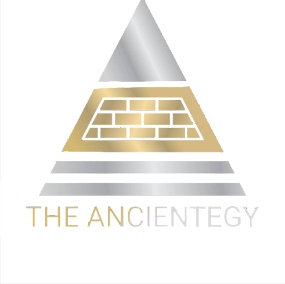In the vast expanse of human history and culture, myths and legends have always held a special place in our collective imagination. These stories, passed down through generations, often blur the lines between reality and fiction. Yet, in some remarkable cases, these ancient tales bear more truth than we might expect. This blog post explores the intriguing instances where myths and legends have been found to have roots in real events or phenomena, shedding light on the dynamic interplay between folklore and history.
The Historical Basis of Myths
Myths and legends, from the dragons of medieval Europe to the legendary city of Atlantis, have often been dismissed as mere products of human creativity and fear. However, ongoing archaeological discoveries and scientific research have begun to reveal the truth behind some of these tales.
For example, the existence of dragons, creatures often depicted with magical abilities like fiery breath, has long fascinated humans. While actual fire-breathing dragons remain in the realm of myth, the discovery of dinosaur fossils might have influenced these legendary creatures’ conceptions. The resemblance between the skeletal remains of dinosaurs and the dragons of lore suggests that ancient peoples could have found dinosaur fossils, interpreting them through the lens of their cultural and mythical understanding.
Additionally, many myths are now understood to have been inspired by real natural disasters or astronomical events. The legend of Atlantis, described by Plato as an advanced civilization that sank into the ocean, could have been inspired by actual historical events like the eruption of Thera (Santorini) around 1600 BCE, which led to the collapse of the Minoan civilization.
From Myth to Fact: Legends That Turned Out to Be True
Several myths and legends, once thought to be pure fiction, have been proven to have a basis in reality. The city of Troy, for instance, was long considered a mythical location from Homer’s “The Iliad.” However, archaeological excavations in the late 19th century uncovered the ruins of a city in modern-day Turkey, which is now believed to be the Troy of ancient lore.
In more recent times, the discovery of the Göbekli Tepe site in Turkey has challenged our understanding of prehistoric human societies. This site, dating back to the 10th millennium BCE, features sophisticated stone structures and carvings that predate known agriculture or settled communities, suggesting a level of social organization and artistic development previously attributed only to much later periods.
Conclusion
The line between myth and history is often more porous than we might think. As we continue to uncover the past through archaeological and scientific endeavors, we find that many myths and legends hold a kernel of truth, be it in the form of real events, misinterpreted discoveries, or natural phenomena. These findings not only enrich our understanding of human history but also underscore the complexity of separating fact from fiction in the stories we tell about our past.
5 Engaging FAQs
- Can dragons really exist? While actual fire-breathing dragons are a product of myth, the discovery of dinosaur fossils might have inspired these legendary creatures’ conceptions. There’s no scientific evidence supporting the existence of creatures with magical abilities like those described in myths.
- Was Atlantis real? While no definitive archaeological evidence has been found to confirm the existence of Atlantis as described by Plato, some theories suggest that stories of Atlantis could have been inspired by real historical events, such as the destruction of the Minoan civilization.
- How do myths start? Myths often begin as attempts to explain natural phenomena, historical events, or cultural practices. Over time, they evolve through oral tradition, taking on symbolic and educational roles within societies.
- What is the most recently discovered myth that turned out to be true? Discoveries like the Göbekli Tepe site have challenged our understanding of prehistoric societies, revealing complex social and religious practices much earlier than previously believed. While not a “myth” in the traditional sense, its discovery has overturned many assumptions about early human societies.
- How do scientists differentiate between myth and reality? Scientists and archaeologists use a variety of methods, including carbon dating, DNA analysis, and other forensic techniques, to determine the age and origin of artifacts and remains. By comparing these findings with historical records and myths, they can uncover the truths behind ancient stories.




No comments